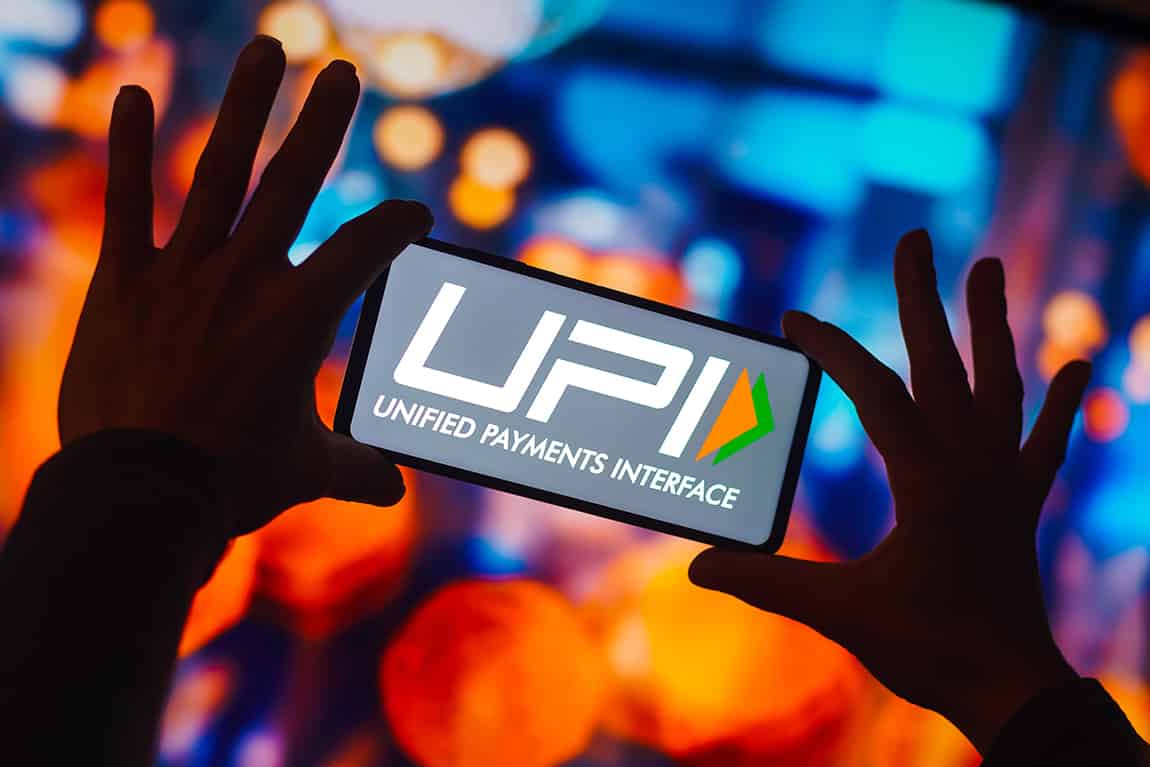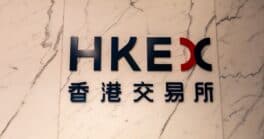In August and September, the Indian payments ecosystem, Unified Payments Interface (UPI), exceeded 10 billion monthly transactions, with predictions it could soon reach 100 billion per month.
To put this in perspective, according to Statista, roughly 242 billion purchase transactions worldwide involved Visa payment cards in 2022, while MasterCard processed 113 billion transactions in 2020.
MasterCard and Visa charge merchants a fee for consumer transactions – typically a 1% cross-border fee on top of a 1-3% levy on merchants. UPI is either low or no cost for merchants and free for individuals.
In addition to UPI, the Indian government has been aggressively promoting a homegrown low-cost competitor to Visa and MasterCard called Rupay. Enabling UPI integration to RuPay credit cards throughout 2023 has seen demand for RuPay cards surpass those for Visa and MasterCard for the first time.
Mastercard CFO Sachin Mehra recently voiced his concerns about the long-term viability of UPI at a UBS conference, saying: “It is an incredibly painful experience for ecosystem participants who all end up losing money as part of that proposition.”
UPI was first created in 2016 as a direct response to India’s patchwork of rules and payment paperwork. Allowing users to link multiple bank accounts to a single smartphone app makes it easy to see how it has promoted financial inclusion and economic growth.
While Mehra might bemoan the loss of fees from the UPI ecosystem, he hasn’t taken into account the benefit for banks and others of all the additional accounts they have seen open as a result of UPI, the additional data they have collected and the credit and transaction fees they’ve charged as a result. “The market infrastructure that is built to facilitate the UPI is a digital public good, and 99% of the UPI transactions are free of charge. It is an open, real-time infrastructure built by the public to facilitate private innovations,” states Rajashekara V Maiya, VP and global head of Business Consulting, Infosys Finacle. “MasterCard and Visa can also leverage the infrastructure to innovate and offer services on top of it instead of trying to compete.”




